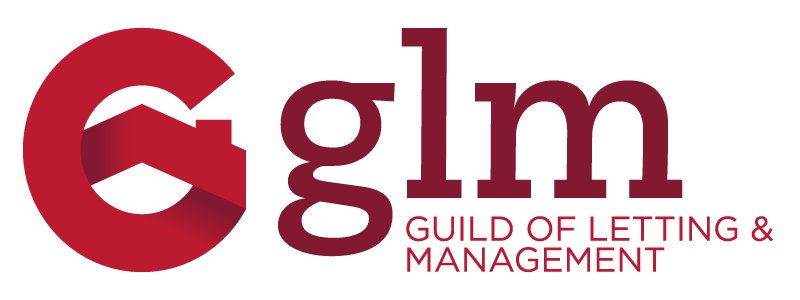Zoom Fatigue - A Post Lockdown Syndrome
100 plus days have lapsed and we have all probably lost count of the sheer number of Zoom, GoToWebinar, Teams webinars, meetings, conferences and training sessions we participated in.
Zoom Fatigue (no disrespect to Zoom), is a real thing. Psychologists observe that taking part in a virtual meeting, conference, training session, webinar, takes up far more energy and causes far more stress than the average face to face meeting. Granted the commute to work is far shorter, however, throw into the mix a whole range of unexpected consequences, and the scenario is not quite what one would expect it to be.
Virtual Etiquette
Unless you have a proven track record of working from home and conducting meetings and webinars online, the initial baptism into this digital world has been quite a shock to the system. I have delivered countless training sessions, webinars and meetings through various platforms, only to be met with the appearance of cats, dogs, numerous children, spouses and partners appearing, unknowingly aware that they had an audience. For many participants this is a new horizon and can be quite stressful.
What to Wear and What about the Hair.
Pre-lockdown did we realise how vain we were ? Letting agents and estate agents have a reputation for being extremely well presented and adhering to a dress code, so this relaxed approach may have been a welcome release from the norm. Ignoring the grey hair, wearing a hat, growing a beard, the make-up free regime allowed us to embrace change. Today barbers and hairdressers went back to work at 6am and have been inundated with requests that are beyond their expectations. Has the lack of dress code actually matter? It varies from person to person - many participants have announced to me that they are wearing their pyjamas, the laid back approach being embraced.
Zoom Fatigue - What does that actually mean?
We refer to “zoom”, however, it applies to any digital medium being used. For example, in the “normal” training environment I pick up body language, linguistic cues, I able to monitor the dynamic of the room. During a online training session the majority of those elements are missing. You do not have the ability to interact as you normally would, especially if it’s a new group of people that you have never met before.In the “digital classroom” the ice-breaking techniques, for example, have to be adapted and forging that “bond” takes a little longer. Therefore, you rely upon a completely different skill set and adapt your training style. The focus on resources also has to be adapted, from hardcopy to digital formats which have to be super clear.
For the participants, whether it’s a training session, or webinar meeting, it can be draining if the timing of the sessions are not pitched well . On-line we have to focus more intently on conversations in order to absorb information, yet in a face-to-face environment you can rely on whispered side exchanges to catch you up if you get distracted or answer quick, clarifying questions, but during a webinar. If there are 1,000 people present, it’s impossible to react in this way unless you use the private chat feature or awkwardly try to find a moment to unmute and those questions raised may not always be answered due to time restraints. Of course, you can watch / listen to a recording, but the crucial moment may have passed.
Then the distractions that WFH present - tech failures, hunger, tea-break, the need for a comfort break, taking over from a partner/spouse/family member to home-school the children or feed the dog or feed the baby. Remember, for so many this is unchartered territory. And of course, there’s the tech element - the WiFi signal is not strong enough, devices aren’t suited to the different platforms and not all employees are given a lap-top/work computer. so frustration sets in.
Human beings function is a very specific way and we also need to consider the “mechanical” - “physical” aspect. The only way to show we are paying attention during a video conference is to look directly at the camera. This is not normal behaviour - how often do we stand in front of a colleague and stare continuously at their face? Hardly ever. In fact, never. So this “constant gaze” can be exhausting because we are unable to use peripheral vision as a distraction and without these visual breaks we use to refocus and reset, our brains grow fatigued.
But it’s not all negative.
Tech related planning sessions are extremely important..Webinars - video only for the presenter - require a co-presenter to make life easier and less distracting when all the questions come in.
Content needs to be relevant, and put together with great detail that catches the participants attention. Tone must not be too monotone and the session should involve a little light humour.
Timing is very important - morning sessions 10.00 am onwards, always finishing before lunch, or post-lunch sessions starting at one to avoid hunger distraction. First and foremost, the length of the sessions need to take into consideration the participants needs and expectations. Is the session needed and relevant? Anything longer than 3 hours will mean that the audience is likely to disappear.
The digital approach provides a lot more freedom and flexibility than ever before.
What does the future hold?
For meetings, webinars and training sessions, the future will involve most definitely technology. We have witnessed over the last 3 months that we will need to adapt and re-think our working practices. Learning through technology has been present in many different industries globally for a very long time, so the blended learning approach will be the way forward. But as with most aspects of business, as the novelty begins to wear off, the use of digital anything in business will have to be properly incorporated and implemented into the business model and working day.
Susie Crolla - Managing Director

